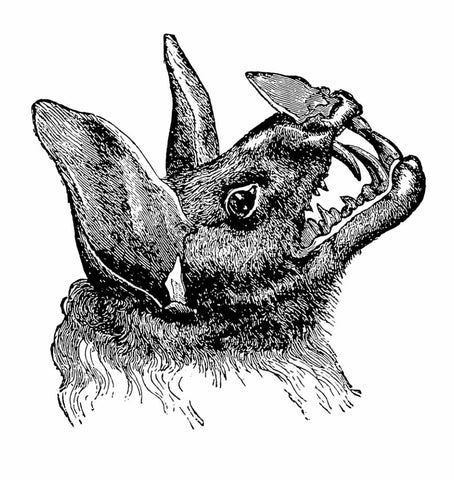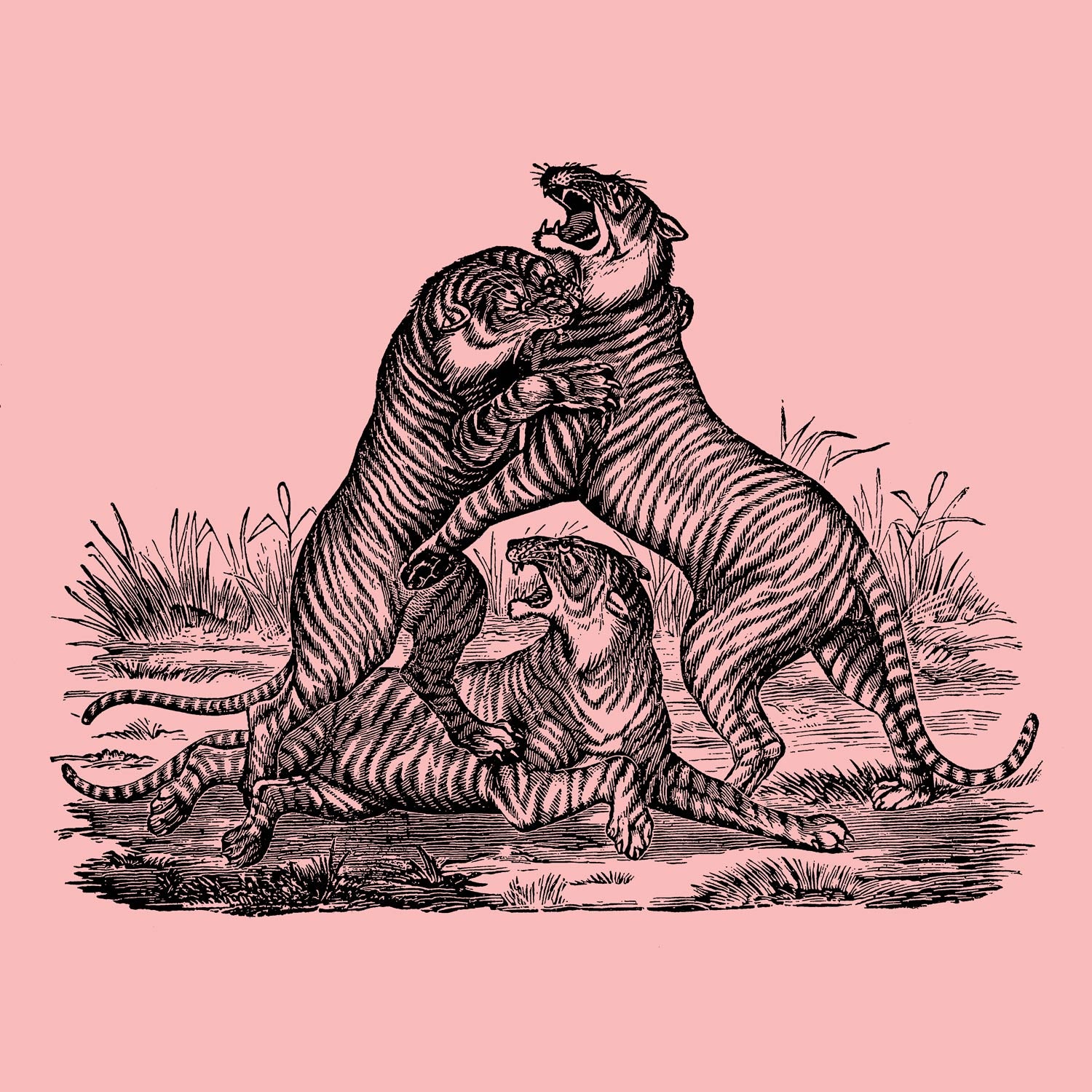To celebrate our forthcoming title Animals: An Image Archive, we've selected some of our favourite images of bats to share with you. Read on to learn more about these fascinating animals, and enjoy the characterful illustrations.
The Vampire Bat
The common vampire bat (Desmodus rotundus) is one of the most well-known types of bat, thanks to its formidable reputation. As its name suggests, the mature vampire bat feeds exclusively on blood - and is the only mammal that can. Vampire bats will feed on cattle, horses, and rarely, humans. Their saliva contains an anticoagulant protein, which prevents their victim's blood from clotting. Bites from a vampire bat can transmit rabies and cause serious harm to cattle herds and people. Exposure to rabies caused by vampire bat attacks resulted in a man's death and 40 other people being treated for rabies in Brazil in 2007. Vampire bats can also walk, jump, and run (up to 2.5 miles an hour!) using their strong forelimbs (wings) to propel them forward. You'll find the common vampire bat nesting in colonies in dark, cavernous spaces of Central and South America.
The Greater False Vampire Bat
The greater false vampire bat (Megaderma lyra) is carnivorous and eats rodents, birds, fish, reptiles, insects, and other bats. Experts once thought the greater false vampire bat drank blood, but this was disproved - hence the inclusion of 'false' in the name. It forages in undergrowth by flying less than a meter above the ground to scan for prey. This bat uses echolocation to hunt and will also sit and wait in complete silence and darkness for its prey to emerge. The greater false vampire bat lives in South and Southeastern Asia.
Greater Horseshoe Bat
The greater horseshoe bat (Rhinolophus ferrumequinum) can live up to 30 years. It primarily feeds on moths but also eats beetles and craneflies. Its name comes from its characteristic noseleaf, with a pointed upper section and a horseshoe-shaped lower part, which helps the bat focus its ultrasound. The greater horseshoe bat lives in a large area (Europe, Northern Africa, Central Asia and Eastern Asia); however, its population is diminishing. It is scarce in the UK - the use of agricides and changing habitats are some of the reasons only 1% of its population survives today in several particular, documented sites.
The Desert Long-Eared Bat
You'll find the desert long-eared bat (Otonycteris hemprichii) in dry, rocky areas in North Africa and the Middle East. The desert long-eared bat eats insects and arachnids, including scorpions which it finds using echolocation. Researchers in Israel discovered up to 70% of bat droppings had traces of scorpion species, including the very venomous Palestine yellow scorpion. The bat eats the scorpion by first biting its head off. Although the bats are stung painfully in the face, scientists found no evidence of toxicity, leading them to suggest that the bats have immunity to the venom.

Grey Long-Eared Bat
The grey long-eared bat is recognisable by its magnificent ears that are almost as long as its body. The oldest recorded individual was 14.5 years old. This little bat weighs between 7-14 g, and its diet comprises moths and insects. It lives in woodland and wildflower meadows in Europe. Its population numbers are dwindling due to climate change in southern Europe and the loss of habitat in England. Researches suggest as few as 1,000 grey long-eared bats remain in England. However, the Bat Conservation Trust is working to implement monitoring techniques and restore its habitat.
Interested in Learning More?

This pictorial archive is a unique collection of rare 18th and 19th-century engraving and etchings. We've curated and restored 627 beautiful high-resolution images of lions prowling, tigers fighting, pumas stalking, hyenas hunting, deer rucking, bats, snakes, bison, antelope, eagles, swallows, owls, elephants, hippopotamus, walruses, apes, monkeys, marsupials, rodents, octopus, bears, rabbits, giant anteaters plus an extensive collection of animal skeletons and so much more. We're confident this book has the animal reference material you need.
Image Download Included:
Have you ever wished you could have access to these images at a larger scale without having to go through the hassle of scanning each page and distorting the dimensions and image quality?
We've got you. Each book comes with a unique download link providing you with instant access to all of the digitised high-resolution print-ready files. Scale up your chosen design with ease and get back to what you do best, creating.










